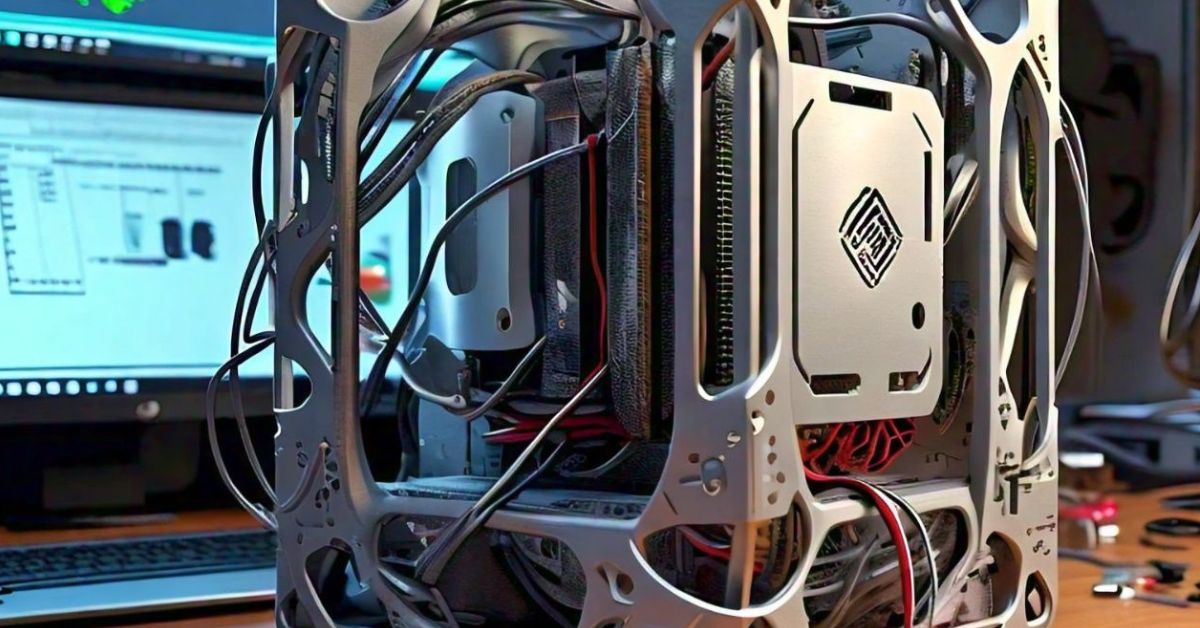In an unbroken cycle of technological evolution, the uses of 3D-printed computing components represent one of the game-changers. Such revolutionary innovations are reconfiguring the landscape of the technology industry by creating customized hardware devices that are efficient and sustainable. But what are these components and how will they change the landscape? Let’s dig in.
What are 3D-printed Computing Components?
I refer to computer hardware parts made through additive manufacturing in 3D printing. Additive techniques add materials in layers to build a component from any digital model. It could range from tiny circuit boards to chassis designs, potentially endless in theory.
Evolution of 3D Printing in Computing
This won’t be a one-night stand because 3D printing and computing merged over the last decade. Advances in both material science and design software have accelerated their merger. For example:
In 2015, the first 3D printed, functional circuit boards emerged.
By 2020, researchers started making graphene-based transistors.
Now, these parts can partially print the entire computing system through this revolutionary process.
Advantages of the 3D-Printed Computing Components
Efficiency: The old-fashioned style of production is highly susceptible to the risks of waste material and multiple steps. Whereas, 3D printing makes the product-making process much more simplified and produces very little waste material.
Customization: Parts can be designed for specific uses such as an application of unique server racks or ergonomic laptop chassis.
Sustainability: Additive manufacturing requires a lot fewer raw materials and more sustainable practices.
3D Printing in Computing: Flaws and Obstacles
Despite as much promise as it may have made, 3D printing in computing still holds the following drawbacks:
Material-related: Though currently, metals and polymers are the touted preferred material compositions, there still is the need for even more conductive and durable options.
Production Lead Time: Scaled-up production of parts is still very slow.
Cost Bottlenecks: Professional machines and materials are far from affordable.
Applications of 3D Printing in Daily Technology
All fields of computing are affected by the span of 3D printed effects:
Consumer Electronics: Wireless gadgets featuring printed cases and parts
Wearables: Smartwatches and fitness bands come with ergonomic, aerodynamic shapes.
Gaming Consoles: Printed chassis and cooling systems on demand.
Environmental Impact of 3D Printing
The biggest advantage is the environmental one: The technology minimizes e-waste significantly and favours sustainability. Just imagine a future when scrapped parts are just being reprinted.
This technology works like a double-edged sword to economies:
Lower Manufacturing Costs: Small units have lesser overheads.
Market Disruption: Traditional manufacturing centres suffer from stiff competition.
Future Potential
The future of computing will witness revolutionary changes by integrating AI with 3D printing. It will be possible for requirements to be predicted for components, the workflows streamlined, and designs further optimized because of AI-driven printers.
FAQs
How does 3D printing work for computing components?
3D printers use materials such as polymers or metals to build components layer by layer with help from digital blueprints.
What are some materials that can be used for 3D-printed computing components?
Ordinary thermoplastics, metal, and even advanced composites, like graphene, are common choices.
Are 3D-printed computing components durable?
Yes, developments in material science have significantly improved them to be more robust and reliable.
Will 3D printing help reduce the cost of the components used in computing?
Yes, the streamlined process of production and reduced material wastage will eventually bring down costs.
Which industries can benefit the most from this technology?
Consumer electronics, healthcare, and aeronautics are getting tremendous innovation from 3D printed computing.
Is 3D printing ecological-friendly?
It highly minimizes waste materials, making it much more environmentally friendly than traditional methods.
Conclusion
The birth of 3D-printed computing parts introduces one of the greatest revolutions in technology technology that features innovation, sustainability, and efficiency. The challenges notwithstanding, it cannot be compared to the benefits this technology promises. It will change the face of hardware design, improve economic and environmental growth, and redo the technological landscape.
